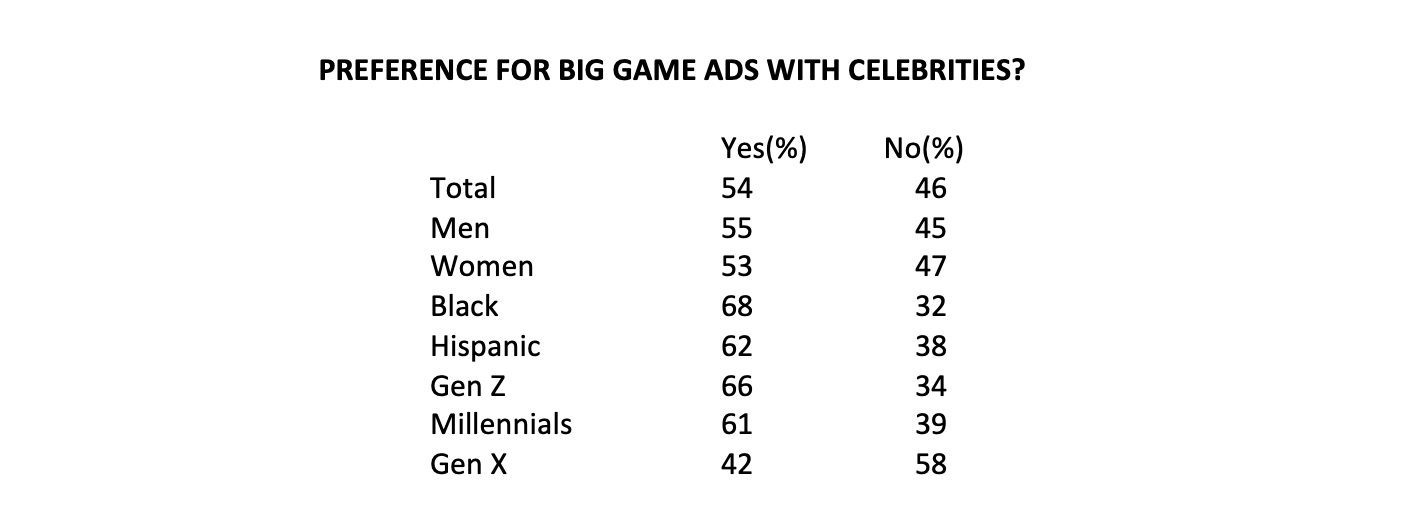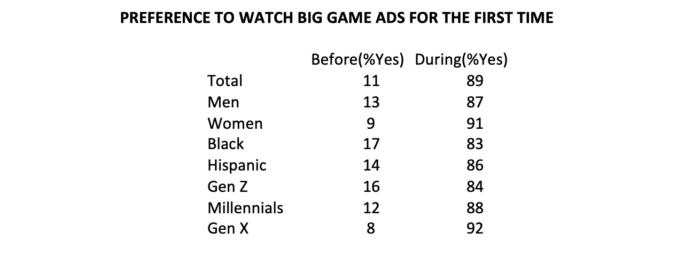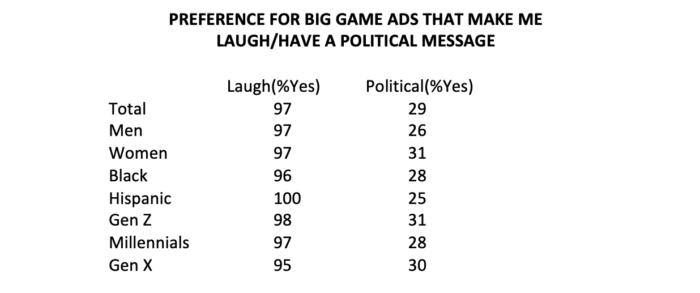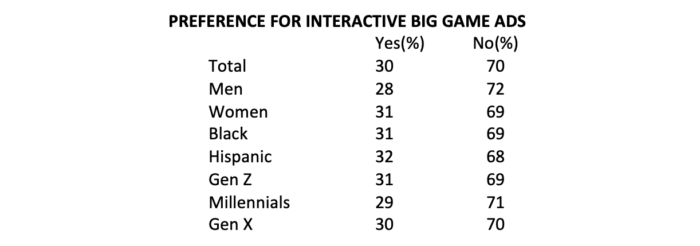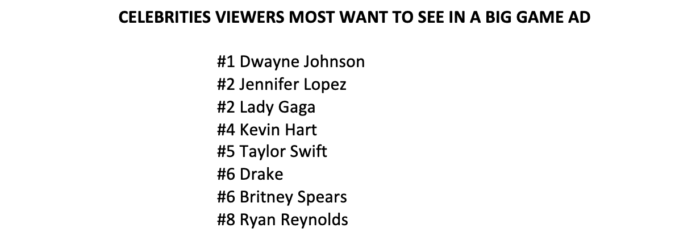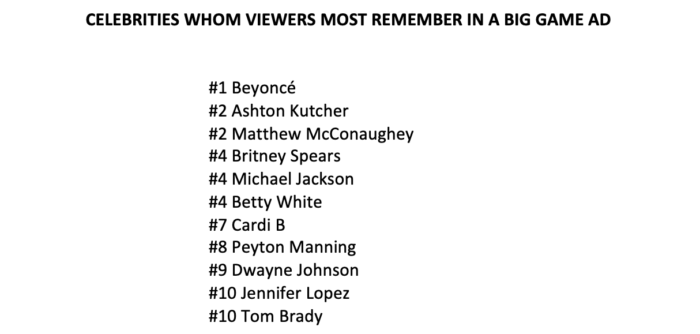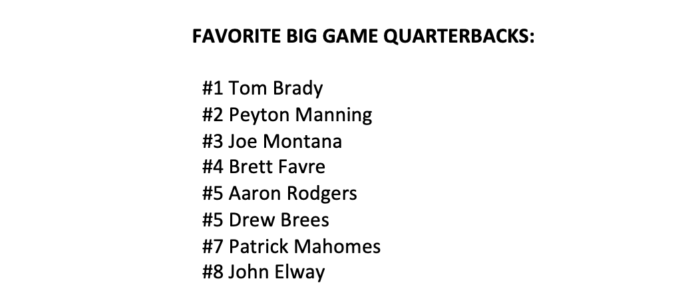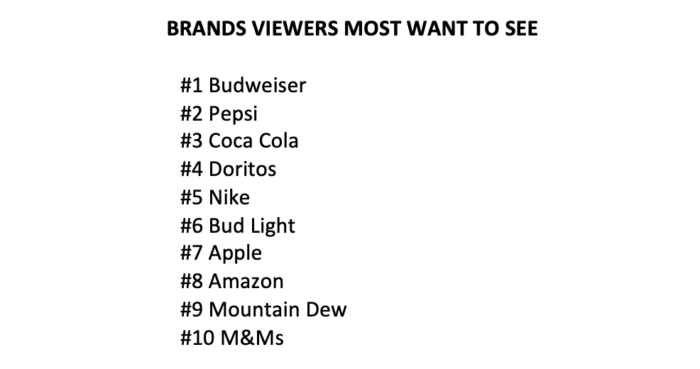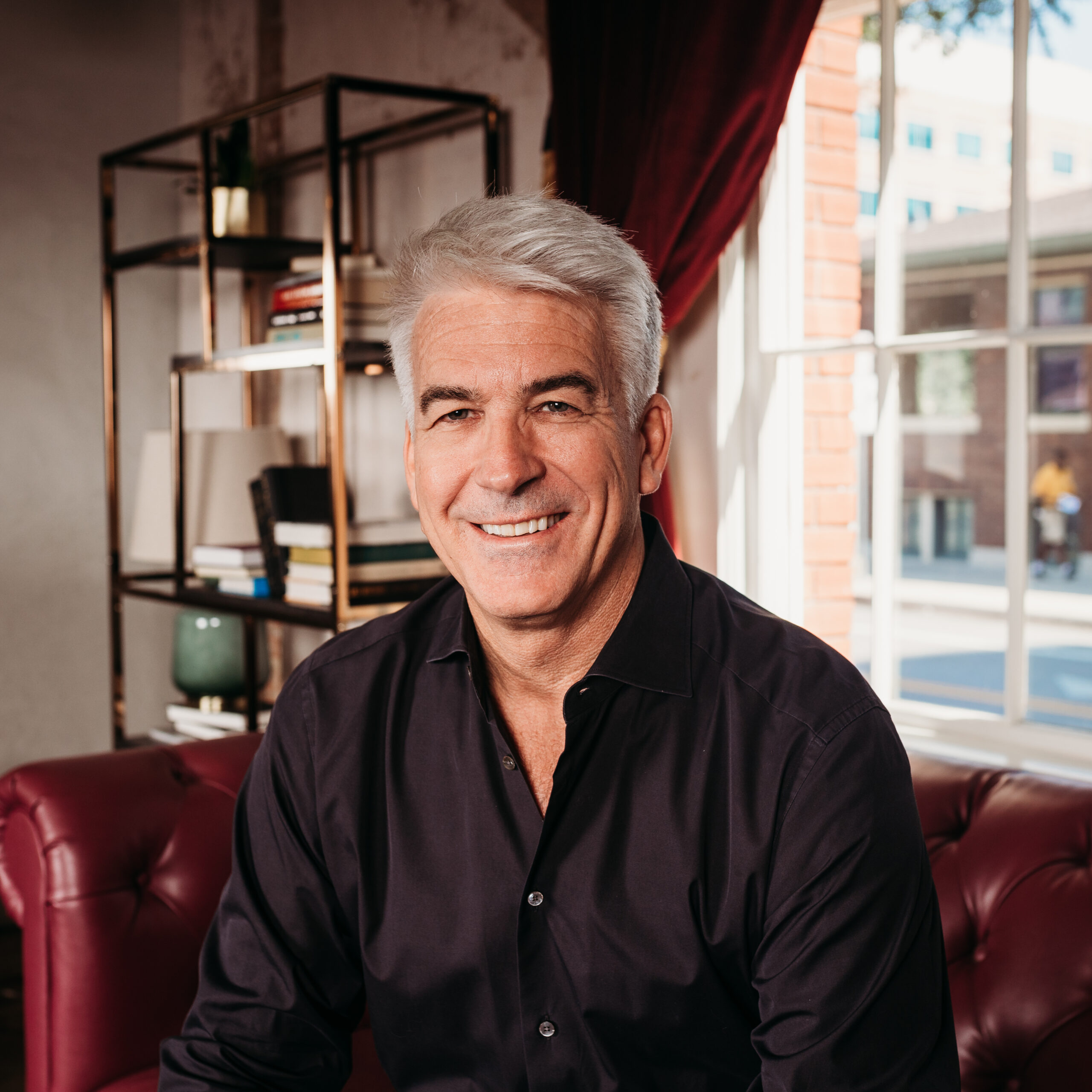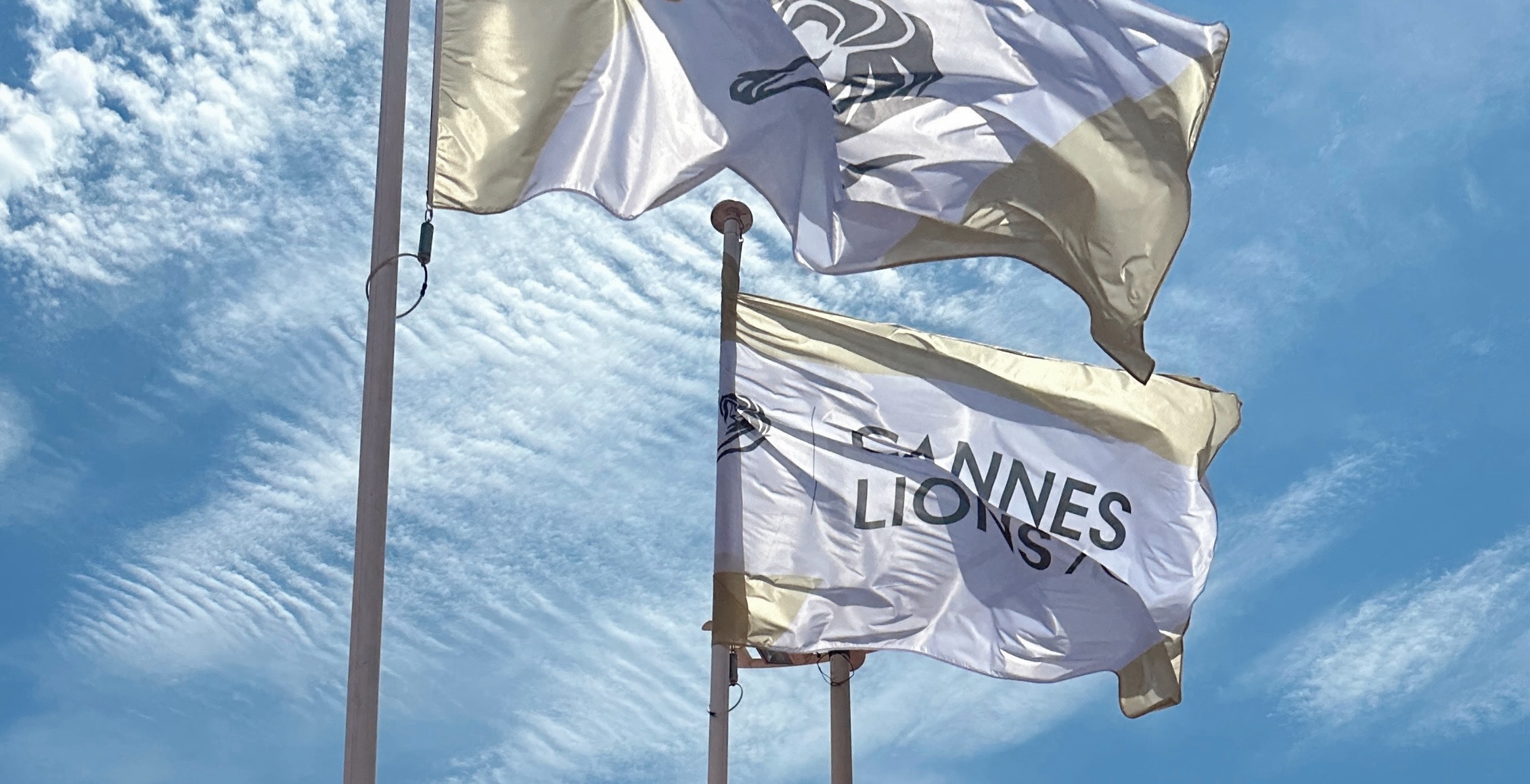The First Annual TMA Super Poll

By Megan McMahon and Nancylyn Hogarty [Header image credit: Canva]
The Big Game (you know the one) is the most watched television event of the year, with approximately 100 million viewers tuning in annually, and close to half of these viewers are as interested in the commercials as the game. In fact, the development and creation of Big Game spots has become a specialized area of marketing, with advertisers competing with one another to be voted the most popular spot in the game.
Others use the occasion to launch new products or services, capture the largest share of social media attention, address important and topical issues, or just send a positive message to employees and partners. With more than 90% of the commercial time for this year’s game already sold, many advertisers are now moving forward to produce this year’s crop of Big Game ads.
As one of the largest buyers of celebrity talent for these commercials, TMA has launched an annual poll, the TMA Super Poll, to assess consumers’ preferences towards advertising in the game. A summary of findings appears below, along with implications for marketers planning to advertise in the game.
Key Findings
The Big Game represents a prime (and largely overlooked) opportunity for marketing to women. Though nearly as many people watch the Big Game for its commercials as well as the game, a clear majority of women watch the game for the ads.
The strategy of employing celebrities in Big Game ads works. Across every demographic, more than half of all viewers prefer ads with celebrities, with an even greater preference among Black, Hispanic, Gen Z, and Millennial viewers.
An overwhelming majority would prefer to see a Big Game ad for the first time during the game. The strategy of pre-releasing ads in advance of the game in order to garner earned media and social media attention appears to be at odds with this.
TMA POV: Whether they are sharing “did you see that” moments live at their watch party or via social, for most viewers the live buzz is a big part of the fun. Yet marketers are under pressure to deliver maximum impressions via earned and social. Younger consumers were twice as likely as older consumers to say they want to see pre-released content. We also saw that viewers want to be entertained. If the ads are entertainment then the tease helps build that hype early, create stronger engagement with the ad itself, and sustain interest after the game has ended. We expect to see these connected experiences continue to grow in use and popularity. Capturing both the pre-game hype and in-the-moment buzz will require not just creativity, but also clear vision for the connected experience being created for viewers. Is it just about pre-release impressions, or can you create an experience that teases in time to build the hype, and still surprises during the Big Game?
People are looking for escapism. Nearly all viewers want Big Game ads to make them laugh. Related to this, the majority would prefer that advertisers stay away from the hard topics of political messages.
Most consumers would prefer to sit back, relax and enjoy the game. This preference appears contrary to the trend of interactive ads that prompt viewers to post, vote, etc.
TMA POV: It’s tempting to think only 30% saying they prefer to interact with ads is low. For context, a 2021 global survey by GWI shows that while second screening is up across all demographics (67% regularly second screen) only 16% of global consumers use their second screen to interact with the content they see. In North America that falls to about 10% which means second screen engagement of 30% for Big Game ads is great news for brands investing in that connected journey.
The celebrities whom viewers most want to see are Hollywood heavyweights with a robust social media presence. Dwayne “The Rock” Johnson tops this list by a wide margin. Drake and Kevin Hart score well among Black viewers. (This was an open-ended question.)
To be memorable in a Big Game ad, it helps to have a background in music. Beyoncé, Michael Jackson, Britney Spears, Cardi B, and Jennifer Lopez are ranked among the top 10, with Beyoncé in the top spot. (Open ended.)
Tom Brady is by far the most popular Big Game quarterback. Aaron Rodgers and Patrick Mahomes are the only other active QBs in the top ranks. (Open ended.)
A long-standing presence in the Big Game pays off for brands. Consistent advertisers are among those that viewers are most looking forward to seeing in the game. (Open ended.)
Summary
Viewers continue to look forward to seeing Big Game ads that deliver escapism and entertainment. Brands that seek to target women would seem to have a captive and interested audience. Incorporating celebrities and music makes ads more appealing and more memorable. Brands need to be thoughtful about the entire connected journey if they are pre-releasing ads in advance of the game and/or creating interactive experiences calling for engagement. Brands that have become annual advertisers in the Big Game appear to enjoy a distinct advantage over first-time/newer advertisers.
The TMA Super Poll was conducted in August 2021 among a representative sample of 1,000 respondents across geographies, ages, genders, ethnicities, and generations (e.g., Gen Z, Millennials, Gen X).
Megan McMahon is SVP of Celebrity & Influencer, based in TMA’s Chicago hub. Nancylyn Hogarty is SVP of Strategy, based in New York.

